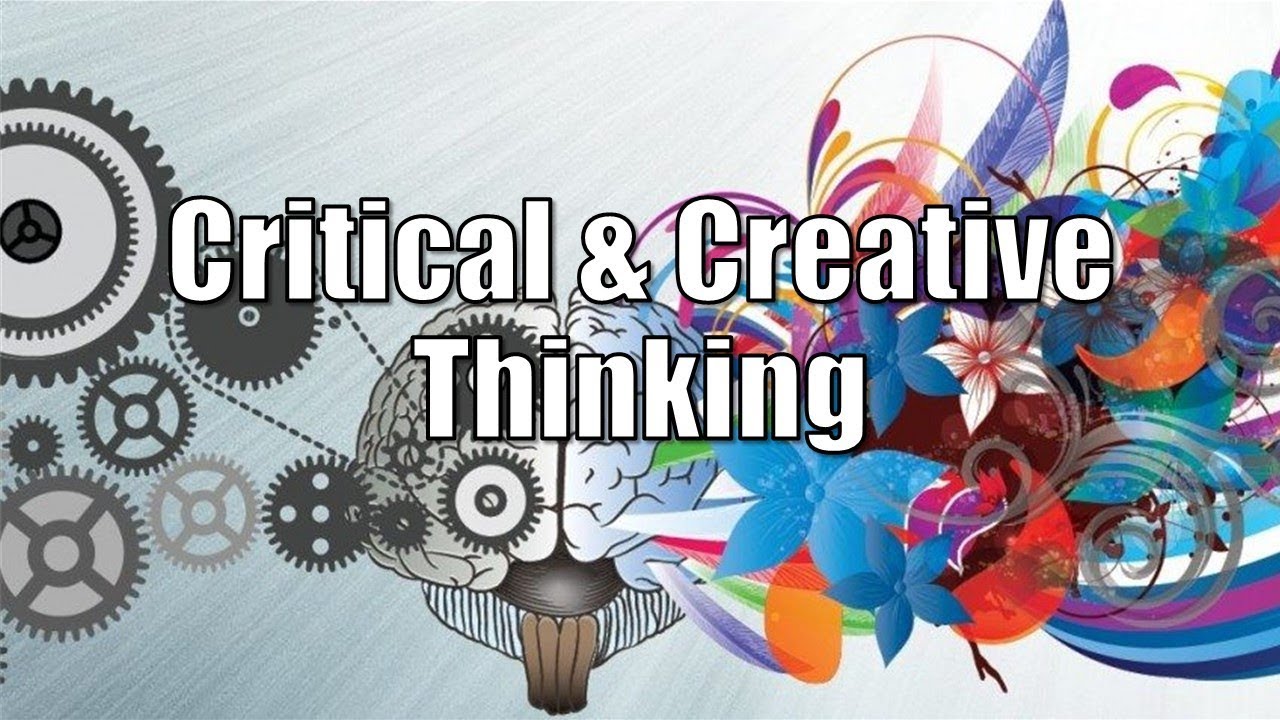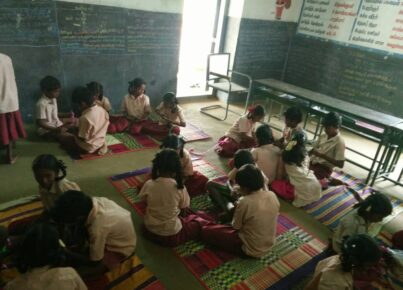Creativity and critical thinking are essential skills for children to develop in today’s world. In Indian classrooms, however, there is often an emphasis on rote learning and memorization, which can stifle creativity and critical thinking. In this article, we will explore some strategies that can be used to encourage creativity and critical thinking in Indian classrooms.
- Ask Open-Ended Questions Asking open-ended questions is a great way to encourage creativity and critical thinking in Indian classrooms. Open-ended questions require children to think more deeply and develop their own answers. This can help them develop their analytical and problem-solving skills.
- Encourage Collaboration Collaboration is a key component of creativity and critical thinking. Encouraging children to work together on projects and assignments can help them develop their interpersonal skills and learn from one another. This can also help them develop more innovative and creative solutions to problems.
- Provide Opportunities for Exploration Giving children the opportunity to explore and experiment is a great way to foster creativity and critical thinking in Indian classrooms. This can be done through projects, experiments, and other hands-on activities. Allowing children to explore and discover on their own can help them develop their own ideas and theories, which can lead to more innovative and creative thinking.
- Use Divergent Thinking Strategies Divergent thinking strategies are another way to encourage creativity and critical thinking in Indian classrooms. Divergent thinking involves coming up with many different ideas and solutions to a problem. Activities that promote divergent thinking can help children learn to think outside the box and develop their creativity.
- Incorporate Technology Technology can be a powerful tool for encouraging creativity and critical thinking in Indian classrooms. Using technology such as tablets, interactive whiteboards, and other educational software can help children learn in a more engaging and interactive way. It can also provide children with new ways to express their creativity and solve problems.
- Provide Feedback Providing feedback is an essential component of fostering creativity and critical thinking in Indian classrooms. Giving children constructive feedback on their work can help them improve and develop their skills. It can also help them become more self-aware and reflective, which is important for their overall development.
- Encourage Risk-Taking Encouraging children to take risks and try new things is a great way to foster creativity and critical thinking in Indian classrooms. Taking risks can help children develop their confidence and their ability to think outside the box. It can also help them become more resilient and better able to handle failure.
- Promote Reflection Reflection is an important component of fostering creativity and critical thinking in Indian classrooms. Encouraging children to reflect on their work and their learning can help them develop a deeper understanding of the material. It can also help them develop their critical thinking skills and become more self-aware.
In conclusion, creativity and critical thinking are essential skills for children to develop in Indian classrooms. By using strategies such as asking open-ended questions, encouraging collaboration, providing opportunities for exploration, using divergent thinking strategies, incorporating technology, providing feedback, encouraging risk-taking, and promoting reflection, teachers can help children develop these skills. By doing so, we can help children become more innovative, resilient, and better able to navigate the challenges they will face in life.










